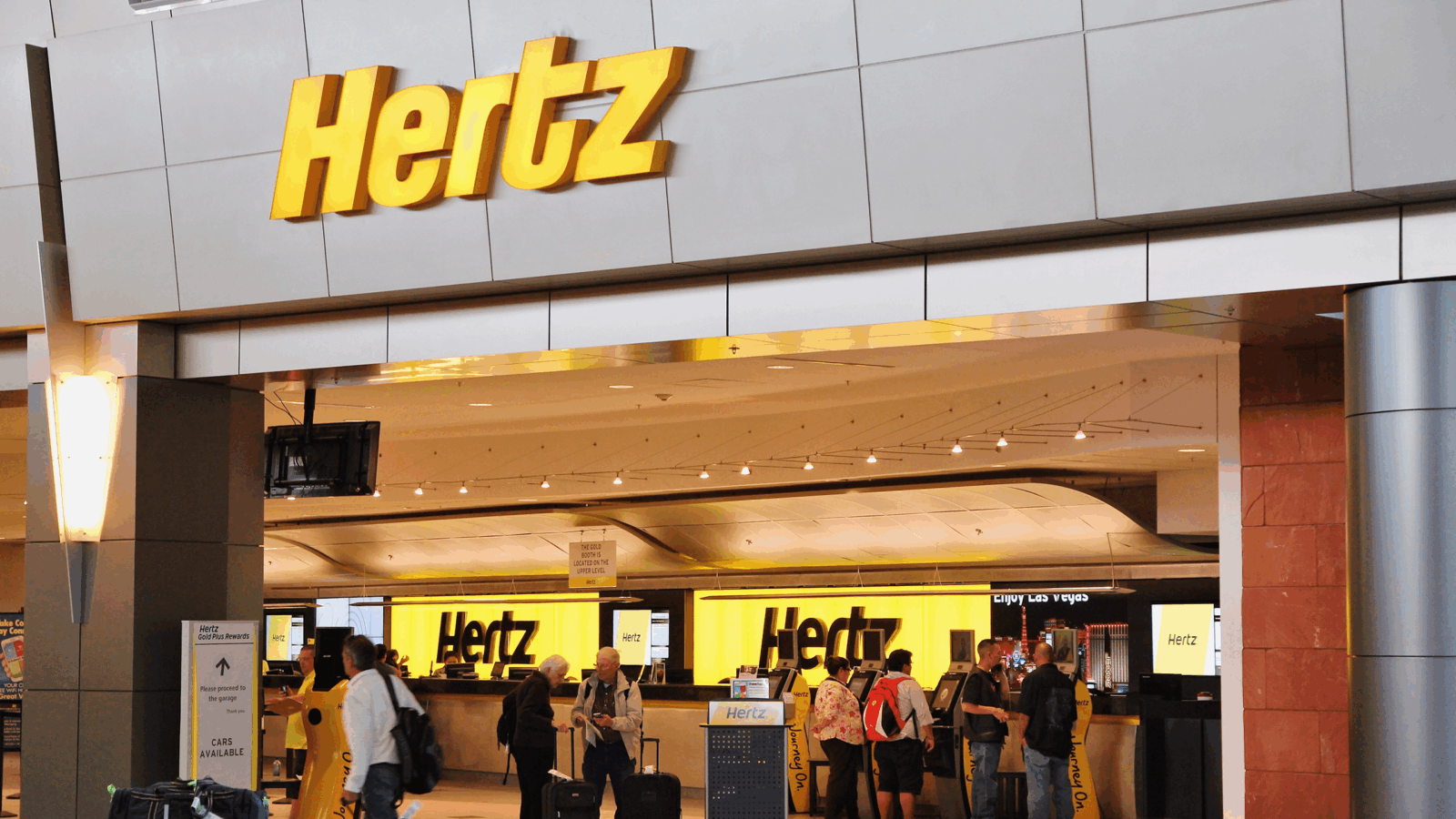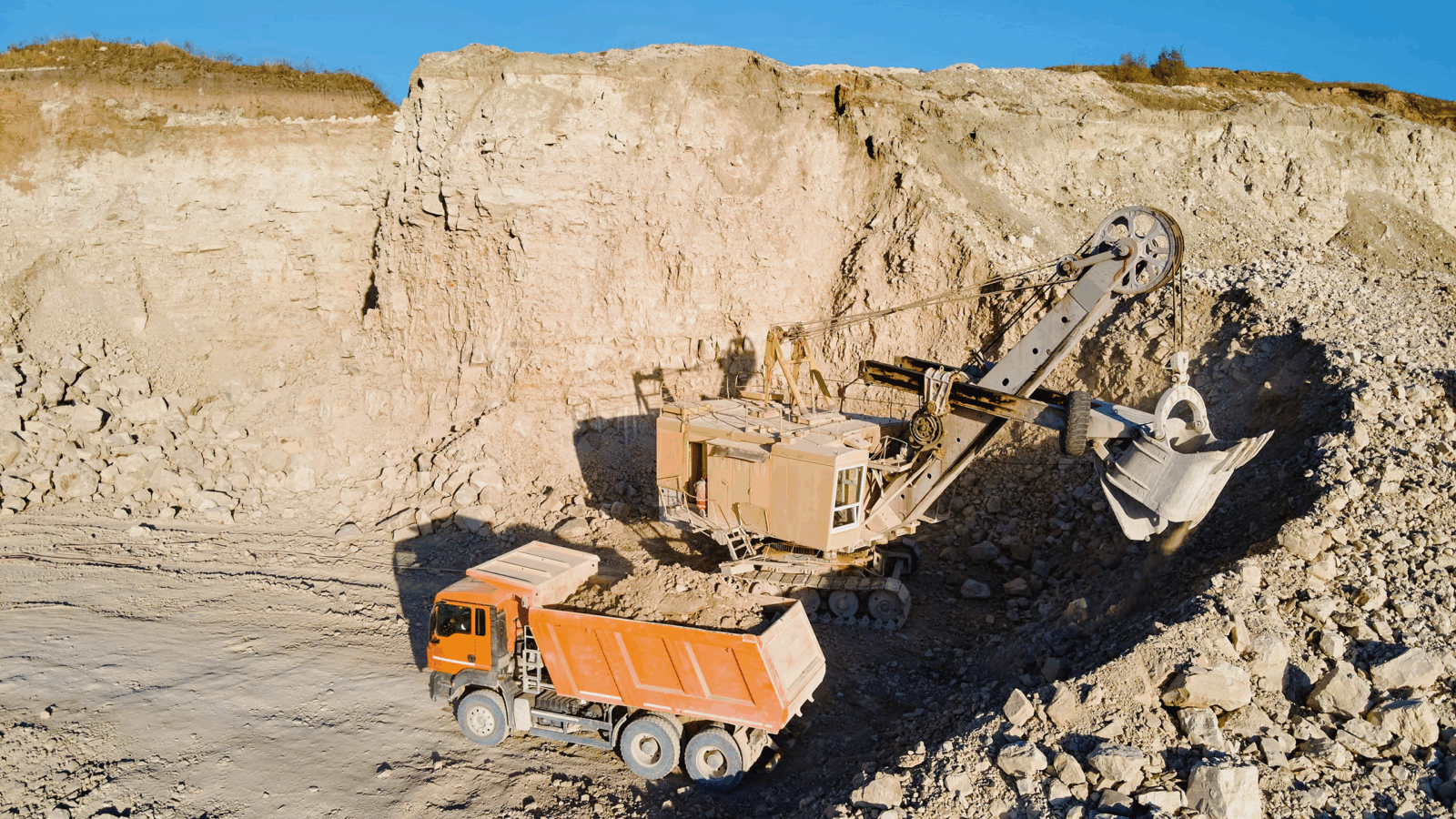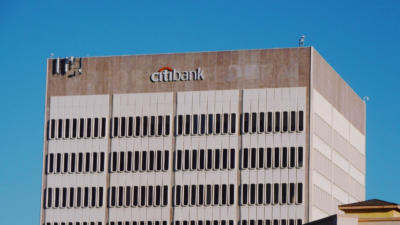When Will the Future Cities Get Here?
We check in on two planned smart cities in Saudi Arabia and Guyana to see if the future is any closer to arrival.

Sign up for smart news, insights, and analysis on the biggest financial stories of the day.
Governments around the globe are scrambling to future-proof cities by retrofitting urban areas with renewable energy infrastructure, advanced data systems to reconfigure traffic patterns, and vacuum-powered garbage cans for more efficient trash pickups. But a few — are just starting from scratch. They’re building entirely new metropolises from the ground up with the dream of delivering sustainable, zero-emission, circular economy smart cities of the future. We check in on two of them – Saudi Arabia and Guyana – to see if the future is any closer to arrival.
The City in the Desert
From the moment the earliest humans ditched their nomadic ways and put down roots, our settlements have all followed a familiar blueprint. It starts with a valuable resource — a river, a mine, farmable land — and from there, cities grow outward in a circular pattern.
But Saudi Arabia’s Crown Prince Mohammed bin Salman plans to buck that trend with Neom, a massive urban development on the Red Sea coast in the middle of the desert, where there’s nothing but a whole lot of sand:
- Neom will include The Line, a city expected to be 170 kilometers long, 200 meters wide, and 500 meters high. It would have no cars or roads, run on 100% renewable energy, and have every person’s essential needs within a five-minute walk.
- And The Line is just one piece of Neom. Four other regions are being planned to be hubs for business, energy, and tourism. One area will feature a ski resort, which is apparently feasible in Saudi Arabia, according to Neom representatives.
“If a student came to me with a design of something like The Line, they would probably get an A,” University of Miami Professor Jose Gelabert-Navia told The Daily Upside. “It’s an incredibly powerful concept.” (Gelabert-Navia is also an architect with Perkins&Will, which was contracted by a hotel chain to design a hotel in Neom.)
Though he admires The Line’s design, Gelabert-Navia said Saudi Arabia can rely on its oil money to fund Neom for only so long. It still needs to be able to attract plenty of businesses and residents. “We do a lot of work in the whole Middle East, but I don’t know if they could attract the critical mass of people to actually go there.”
On top of that, Neom might already be running into major delays and setbacks. Saudi Arabia expects Neom to cost $1.5 trillion and for The Line to be completed by 2030. But sources told Bloomberg in April that just 2.4 kilometers of the city will be completed by the end of the decade, capable of housing just 300,000 residents as opposed to the 1.5 million people the kingdom had originally intended.
The City in the Rainforest
The small South American country Guyana, with a population of less than 1 million, has become one of the fastest-growing economies in the world due to offshore oil discoveries in the past decade. In 2023, its GDP grew roughly 38%, and a year before that it jumped just over 62%. That doesn’t mean its citizens are rolling in the dough:
- More than 90% of Guyana is rainforest, so the majority of citizens live in the capital of Georgetown, a city that is sinking both figuratively and literally.
- Economic opportunities are still limited, and with rising sea levels, heavily populated areas could be underwater in only the next few years. All of this has caused many to abandon ship with the country’s emigration rate surpassing 55%.
“People are leaving the country because there are no jobs,” Gelabert-Navia said. “I’ve heard that there were as many Guyanans outside the country as there were inside.”
More than Oil: To keep citizens from leaving and diversify the economy beyond its new but limited resource, Guyana’s President Irfaan Ali — who has a PhD in urban planning — has decided to go ahead with his pet project, Silica City:
- The 10,000-acre city “will include smart homes outfitted with the newest energy-saving technologies” to serve as the nation’s “most sought-after location for contemporary, environmentally eco-friendly living,” according to the Guyana High Commission.
Gelabert-Navia is leading a group of students and designers to develop a master plan for Silica City that will be unveiled at the International Building Expo in August. Development on the first 100 houses began in April, and they are expected to be completed by October. The houses range in price from $120,500 to $165,000.
To Gelabert-Navia, the goal is to not only provide affordable housing for low-income earners, but to attract scientific research companies, similar to how Colombia’s Medellín became a tech hub after the death of infamous drug lord Pablo Escobar.
“We’ve been talking to one gentleman who was born in Guyana, has built a great biomed company in Massachusetts, and is looking to invest back in Guyana for a number of medical research reasons,” he said.
Silica City — which is set to cost roughly $82 billion — is much smaller in scope than the likes of Neom.
“This is not going to be a megalopolis. Most of the buildings are two stories high,” Gelabert-Navia said. “They would like this particular city to have several million people in it, but the more realistic aspiration is that 20 years from now, it would have 25,000 people.”
Gelabert-Navia said Silica City is meant to be a model of resilient design.
“We’re proposing that all of the buildings have solar collectors. The rainwater is going to be collected and recycled as well. The hope is that even if there was no oil, this community could have enough passive systems to generate most of the power.
Gelabert-Navia said not only will the city be green from having plenty of parks, but also from its agro-urbanism. It wouldn’t be enough for exports and not everyone is going to have a vegetable garden in their backyard, but “parts of the city will still retain an agrarian element, so that you could get a number of the foodstuffs within your own community.”
Everyone’s a Critic: Despite trying to make a city fit for Guyana’s future, sentiment on Silica is mixed. The Guyana Chronicle editorial board praises it as a wired-up city that will “provide the bases for unleashing new waves of creativity, encouraged by rewards for life-changing and sustainable, innovative solutions to old and new problems still haunting Guyanese and Caribbean peoples.”
But The Stabroek News took issue with how little information has been released and the project displacing multiple farmers who were allegedly never consulted. “This is disgraceful. How can any government which promotes itself as operating in the interest of the ordinary man and woman treat a group of farmers with such contempt?” the outlet said.
The Future is Unwritten
Whether new smart cities get completed and actually realize their goals is still unknown, but the enthusiasm behind urban utopias is growing. According to The Economist, 91 cities have been announced in the past decade, with 15 in the past year alone.
They can be seen in Greece, where the Ellinikon smart city will feature the archipelago’s first skyscraper. In the US, billionaires had been quietly buying up thousands of acres of farmland outside San Francisco for years in the hopes of building a more idealistic metropolis. And in Senegal, R&B singer Akon boasts his Akon City will be a “real-life Wakanda,” but so far, it has only amounted to an unfinished welcome center… OK maybe that one isn’t so smart.











